Whoever you are, media shapes and influences how you see the world — and as marketers, we have a responsibility to understand that impact.
That’s why Major Tom considers it part of our job to support inclusive marketing.
Whether it’s through our internal initiatives or by guiding our clients in the right direction, we work every day to improve our approach and learn more about how to support Diversity, Equity, and Inclusion (DEI) in all of our projects.
Last summer, as part of that mission, members of Major Tom’s DEI committee had the chance to attend the Building a Better Future Together conference. Covering everything from biases in the workplace to impactful allyship to the future of inclusion, it was a whirlwind tour of inspiring DEI thought. Our very own April Yau even joined a panel discussion at the event.
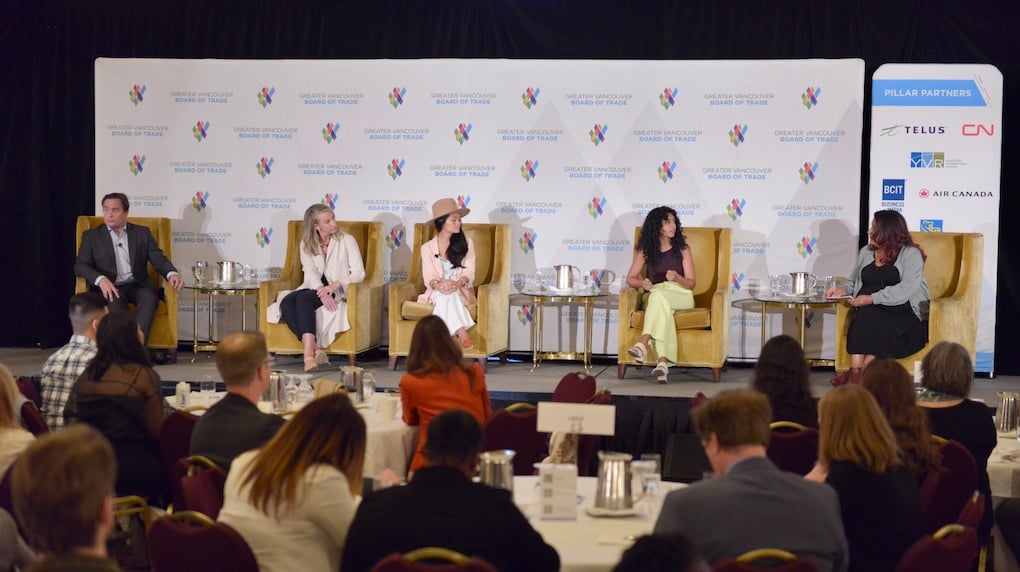
Panel at the Building a Better Future Conference
But how can we bring those DEI insights back to digital marketing? Read on to hear some of the most important takeaways from the conference. They’ll give you a better sense of how to approach your own DEI initiatives, why they matter to your business, and the impact they can have on your audience.
Understand your bias so you can address your bias
In any industry, one of the first and most important steps to building a successful DEI strategy is to find and understand your biases.
We all approach our work with the best of intentions, so this can be a challenge. After all, no one wants to think of themselves as making harmful or unfair assumptions about their audience.
But here’s the thing: if you have a brain, you have bias.
Intentional or not, our brains sort and categorize information constantly. They look for shortcuts wherever they can find them, and sometimes this creates harmful, unconscious associations. Don’t believe us? Try a Harvard Implicit Association Test.
This can turn into hundreds of types of unconscious bias. There’s confirmation bias, where our brains are prone to confirm what we already believe, and more aggressively challenge anything that contradicts those beliefs. Or affinity bias, which basically means that we tend to like people like us, and struggle more to understand those who have different beliefs or experiences.
These biases can build up behind the scenes — and affect our work in ways we might not even be aware of. In the workplace or in our campaigns, they can manifest as microaggressions, subtly hurtful comments and behaviors directed at marginalized groups.
We can all be guilty of these microaggressions. Visit The Micropedia, a collection of some particularly common ones, and you might be surprised by some of the behaviors you’ve participated in without realizing it.
Recognizing when that happens is a crucial first step. But what do you do once you’ve identified a bias?
Support understanding with action
When it comes to inclusive marketing, the old adage is true: actions speak louder than words. You don’t need to start your DEI strategy with a perfect approach, but you do need to start somewhere.
At the conference, Sabrina Meherally from Pause and Effect emphasized that inclusion is not a destination. Inclusive marketing means constantly learning while you iterate and improve, all to better meet the needs of marginalized communities. Your work can become more reflective, responsive, and inclusive over time — but it’s never going to be perfect.
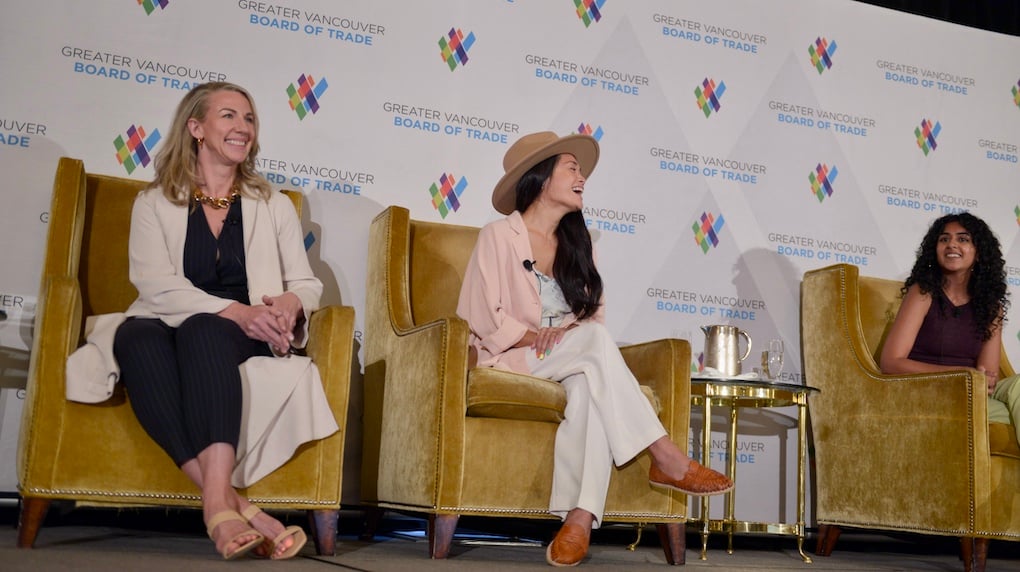
Left to right: Pamela Smith, April Yau, and Sabrina Meherally at the Building a Better Future Conference
With that in mind, where do you start?
You can tweak your practices to counter those biases. For example, as an employer, that means taking steps to widen your hiring pool and remove barriers to applicants from marginalized groups.
It also means taking accountability for your missteps, and setting up a framework in which microaggressions can be effectively addressed. That means you need to apologize to the person affected, listen to what they have to say — and don’t ignore the effects of your actions.
We also heard how important it is not to put the responsibility for action onto those affected. If a team member is harmed by a microaggression, they should check in — but put themselves and their needs first. The momentum to address issues should come from your organization, and someone affected by a microaggression shouldn’t feel like they need to respond.
A reactive approach won’t build trust or drive real change. You need to be intentional and strategic in how you counter biases and make change. That can help to avoid repeating mistakes across your organization, and build a more welcoming space for everyone on your team.
Bringing DEI action into digital marketing
There’s also plenty to be done when it comes to our work as digital marketers.
During the Inclusion Consumer Markets panel April took part in, she stressed the importance of representation in media — and discussed how inclusive digital campaigns are built throughout your entire project pipeline. Your hiring choices, the suppliers you bring on board, the clients you work with, and the campaigns themselves are all essential pieces of the larger puzzle.
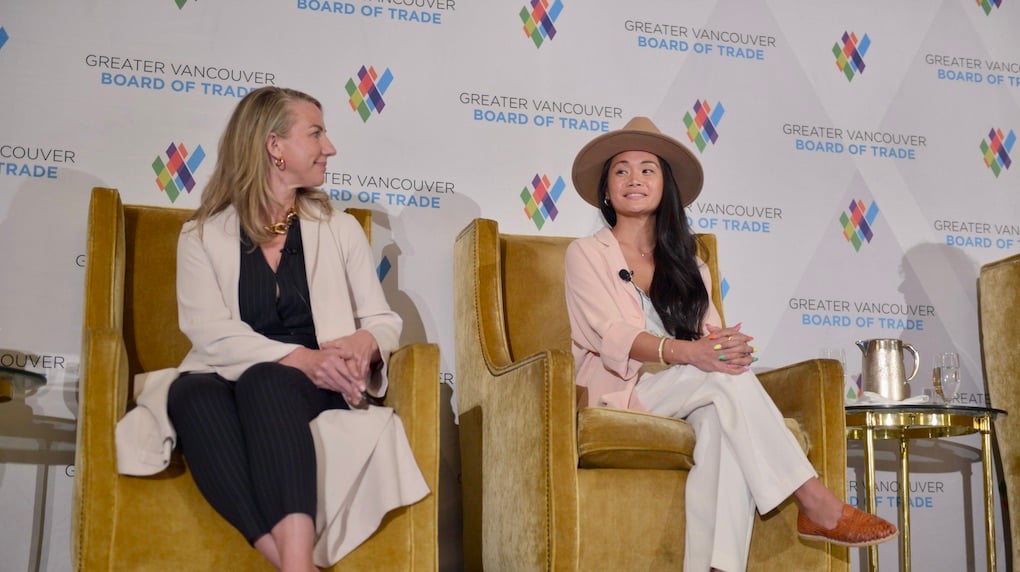
Left to right: Pamela Smith, April Yau at the Building a Better Future Conference
First, the team that you hire needs to bring diverse perspectives and lenses to your projects. As the folks at AndHumanity stressed when they spoke at our Major Tom Lunch & Learn, inclusive media should stick to the principle of “nothing about us, without us”. In other words, if you’re aiming to include underrepresented groups in your creative, it’s important to have those perspectives guiding your decisions, as well.
The same is true of your partners when putting together a campaign. Whether you’re working with creative partners or choosing your media suppliers, there are multiple opportunities to broaden your network and bring in new perspectives.
But how do you do this when it comes to your content and your clients?
Build the right message to serve the right audience
Diversity, equity, and inclusion are the right thing to do — but they’re also good for your business. At this point, it shouldn’t be news that diversity helps innovation, performance, and opens you up to an even larger audience. This is what your business stands to gain from more inclusive marketing.
However, panelists at the conference reminded us that truly inclusive campaigns should have an element of reciprocity. In other words, ask yourself: are you marketing to an underrepresented audience just for extra dollars? Or do you actually have something to offer them?
Panelists highlighted examples like an open-backed Nike shoe designed to help consumers unable to tie laces, or Period Aisle’s products for people who menstruate. These are products marketed to underserved audiences, but ones that address a real need for the people they’re targeting.
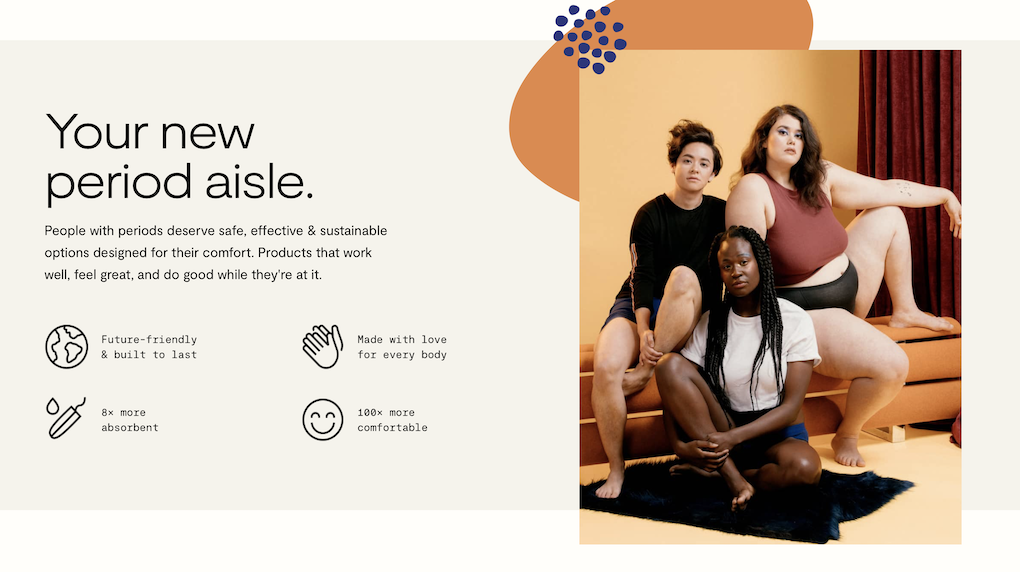
Period Aisle, in particular, promoted themselves with intentionally inclusive campaigns. They used language that accounts for the gender diversity of their audience, incorporating imagery with a range of body types and racial identities.
But those campaigns were all built on the foundation of a product designed to better serve that audience. Without that foundation, attempts at representation and respect in your campaigns risk coming across as hollow, or insincere. That’s no good for anyone.
If you’re unsure of your approach, don’t go it alone
With more data and thought leadership available than ever, you have plenty of insights to pull from and help guide you down the right path.
Data from the communities you want to connect with can help open up new understandings for your business. Start with more general trends, and then dig deeper and apply the lenses of the people you’re reaching out to. This is why having those perspectives on your team — and listening to them — is so crucial.
At the event, Pamela Smith from Colliers Canada also discussed the importance of executive buy-in. If you want to build a sustainable, impactful DEI strategy, it can’t be an afterthought for your business — which means you need support from your leadership, too. After all, organizational change can’t happen in a vacuum.
To earn that buy-in, you can emphasize how an inclusive approach benefits your organization as a whole, or show off the support that’s available to make it easier than ever to fold inclusive practices into your work. Organizations like AndHumanity or Elevate Media Group, who specialize in helping brands build genuine, impactful inclusivity.
This can help build an open, intentional dialogue across your team — and supports a stronger DEI process for your business.
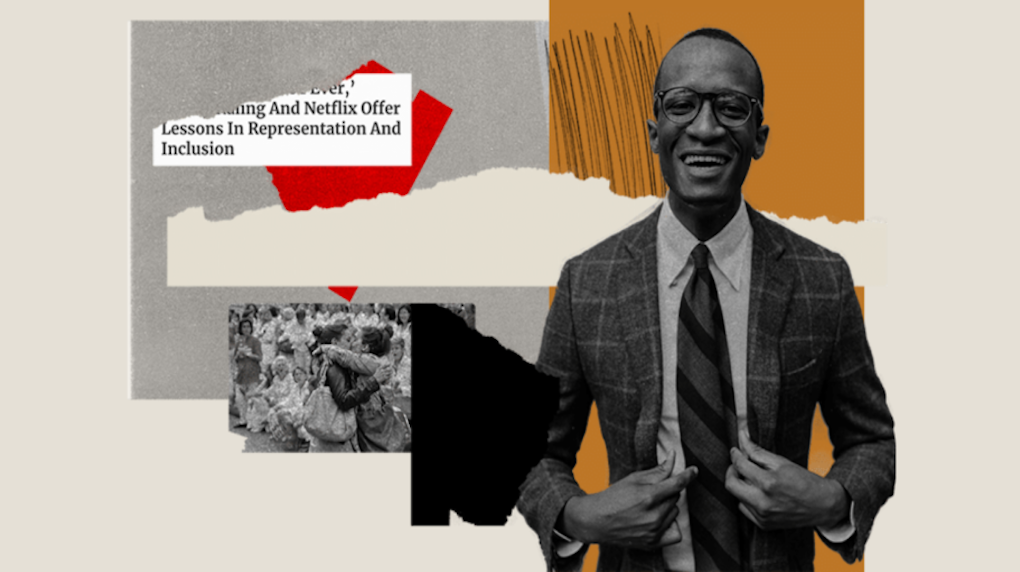
Evolving our approach every day
Major Tom is still learning, and the insights we took from the Building a Better Future Together conference aren’t the final word on our DEI journey.
Stay tuned to the Mercury blog as we share perspectives from across our team, and lessons that we’ve learned as we refine and evolve our approach to meaningful inclusivity.